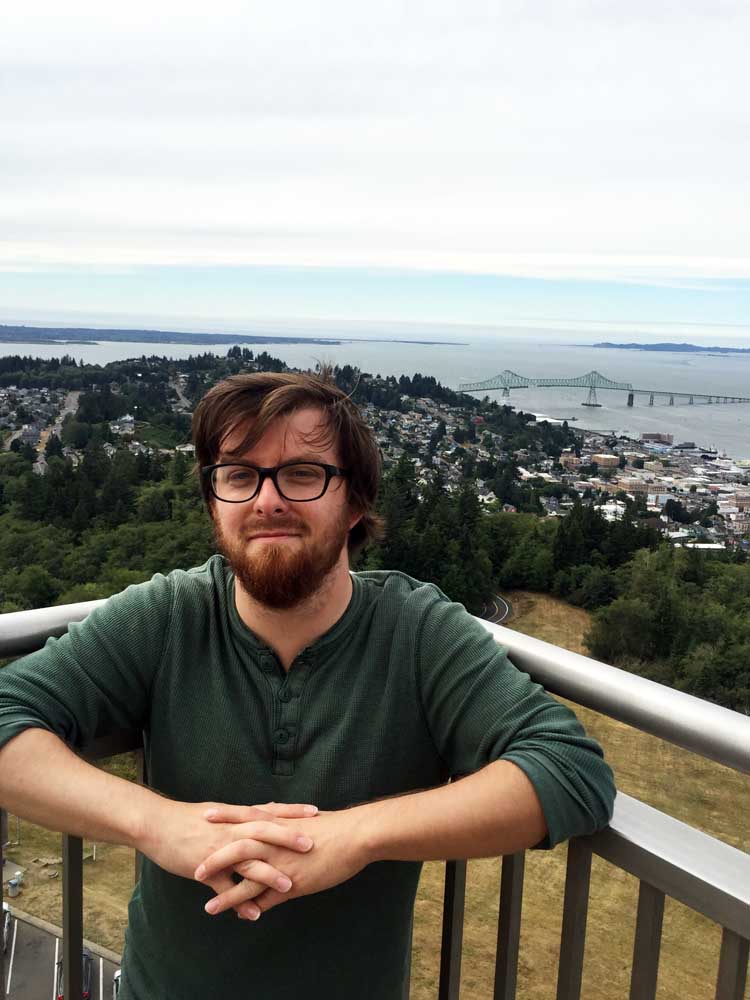Scratchpad: Ryan Dobrowski on moments of discovery
Published 2:48 am Monday, January 14, 2019

- Features Editor Erick Bengel.
In an artist statement for a new series of abstract landscapes titled “Discover Solitude,” Ryan Dobrowski refers to the paintings as a search for a “moment of discovery.”
The paintings are not of actual locations, but the Columbia-Pacific palette is obvious: shades of green, blue and gray — rolling, textured land where lush life and endless sky meet at the edge of a raw continent.
During his reception at Imogen Gallery on Saturday, Dobrowski and I talked about that moment of discovery.
It is, he said, that point in the creative process when the image starts to emerge and the painting essentially announces what it wants to be, and he begins to see its scope — its boundaries, definition and identity.
“That’d be the moment, not when you get to the top of the mountain, but when you first see the top of the mountain, and you know that you have a long ways to go until you’re finally there,” he said.
How, then, does he know when he’s reached the summit? When is the painting “done”?
“When it feels like it can go out in the world and sustain itself,” he said. Expanding the child metaphor, he said a painting is not done when it first shows itself; “you have to take care of it for a while.”
He added thoughtfully: “Maybe when nothing bugs me anymore in the painting is a good time to stop.”
But even this carries challenges. “Sometimes you can change the part that bugs you, but sometimes you have to paint over the part that’s great in order to make the whole thing.”
Paintings such as “Elder Island” and “Morning Moon” recall those moments when the day dims, or a marine layer appears, and on certain stretches of shoreline, you can almost see the place that the first Americans discovered many thousands of years ago, and that explorers, in their turn, “discovered.”
Dobrowski, the drummer of Blind Pilot who co-founded the indie rock band with Israel Nebeker in 2008, said one thing painting and percussion have in common is the rhythm or focused “flow state” he falls into while doing them.
“Drumming’s a very physical instrument, and that’s often my favorite type of painting — the real physical marks — and then stumbling on a new type of mark or a new sound,” he said, “and then having that be the starting point from which the sound or the painting grows.”
A majority of his marks, often made while listening to music, are experiments and their continuation, “an exploration of a mark until something starts to take form or something excites me,” he said.
In other words, discoveries.








